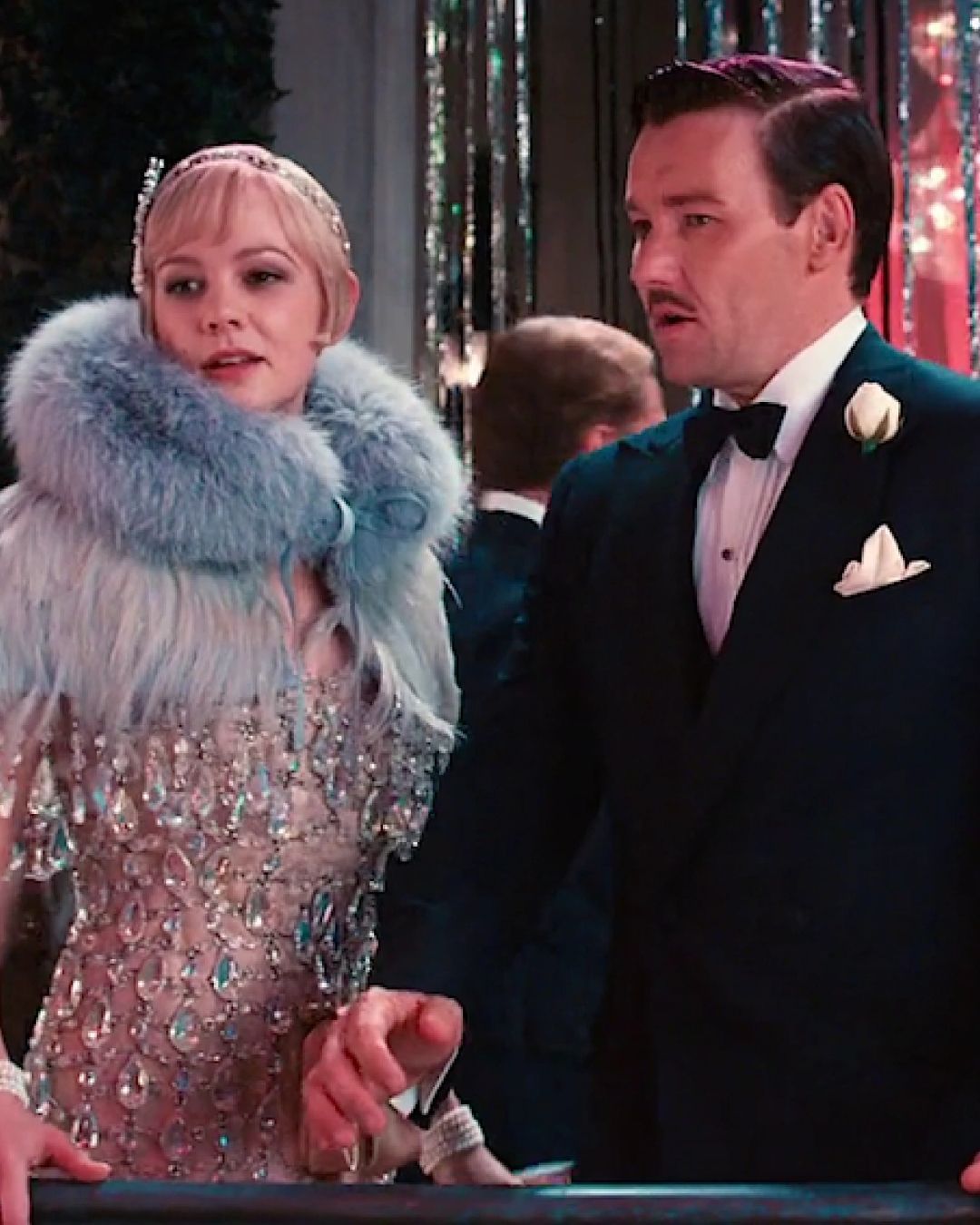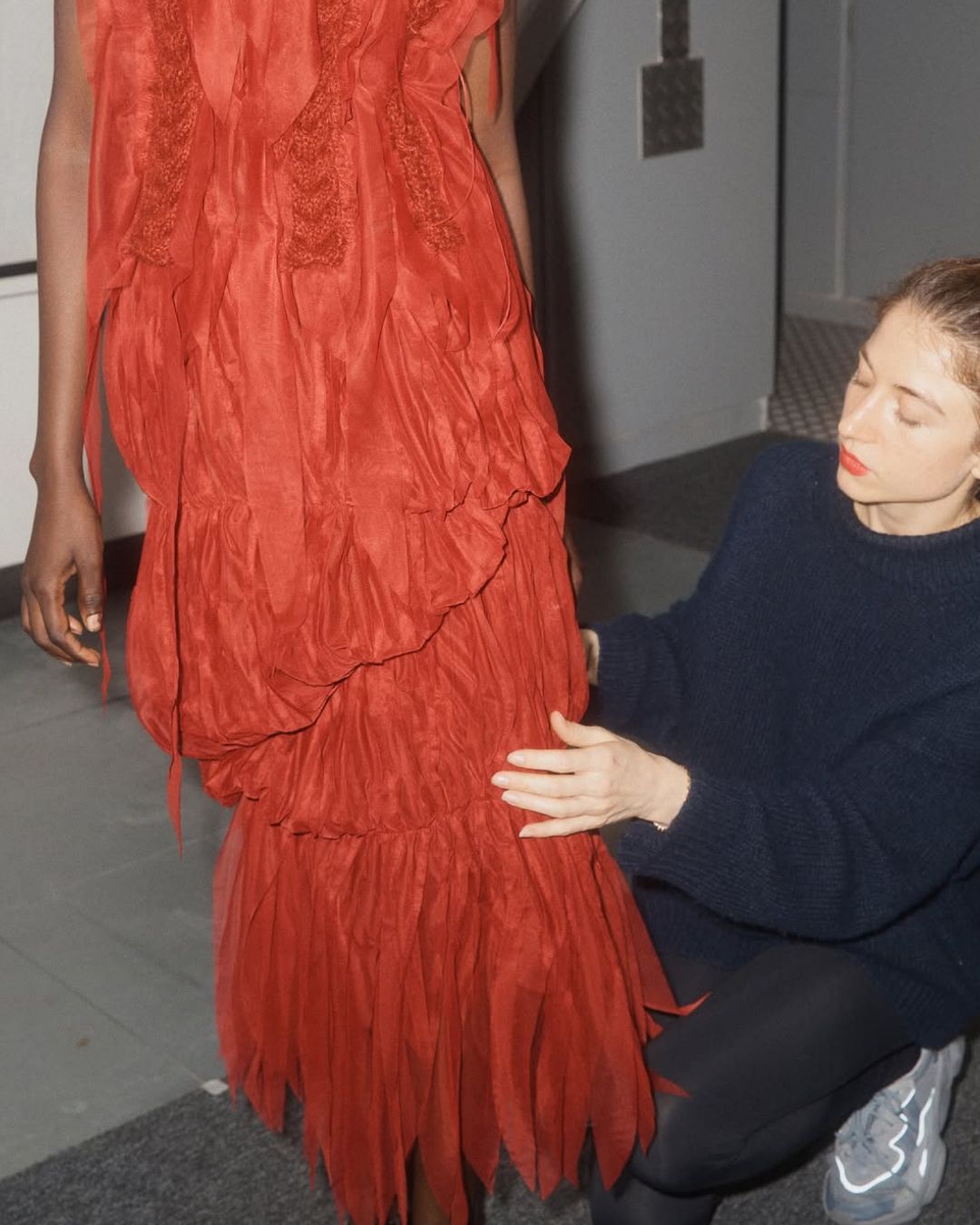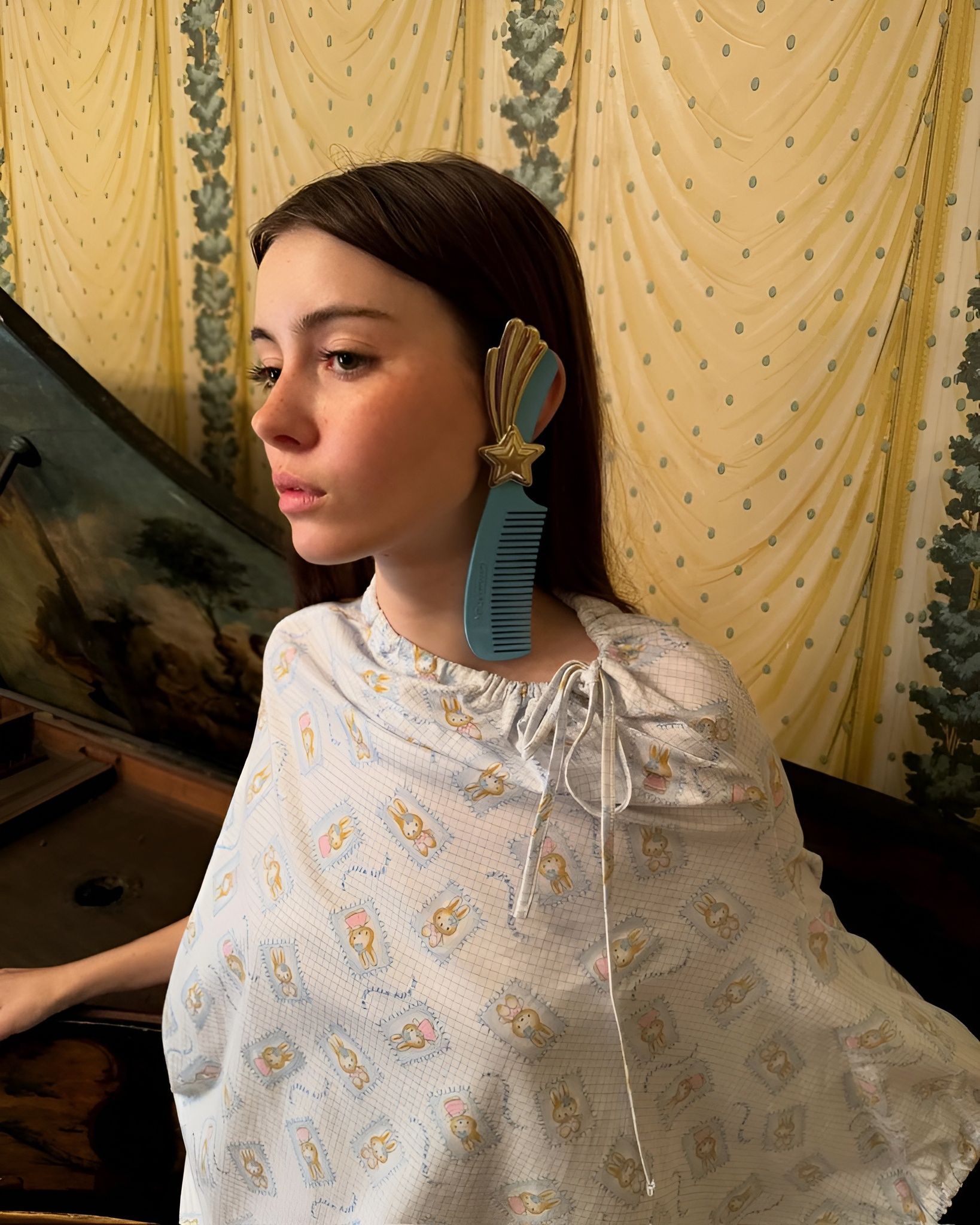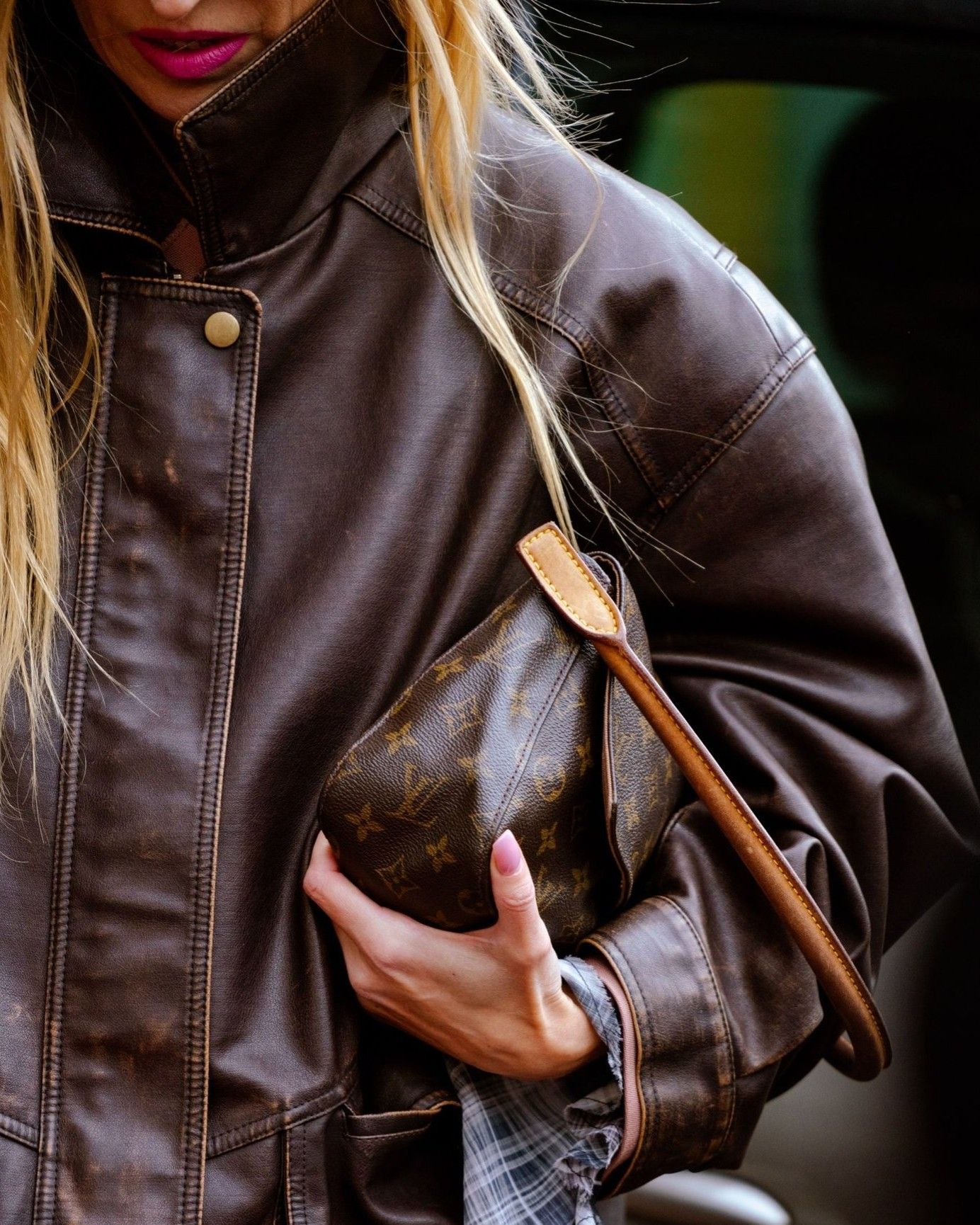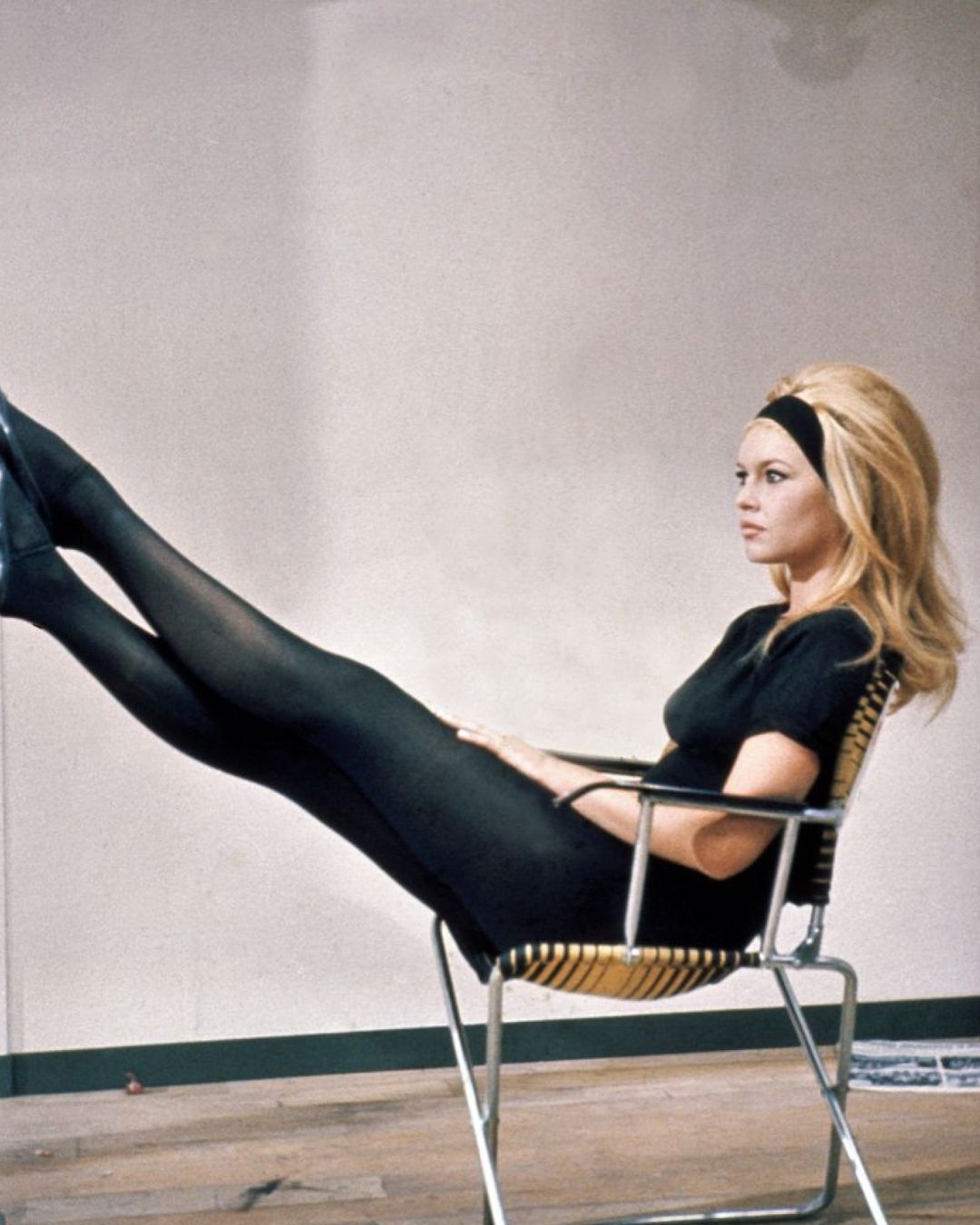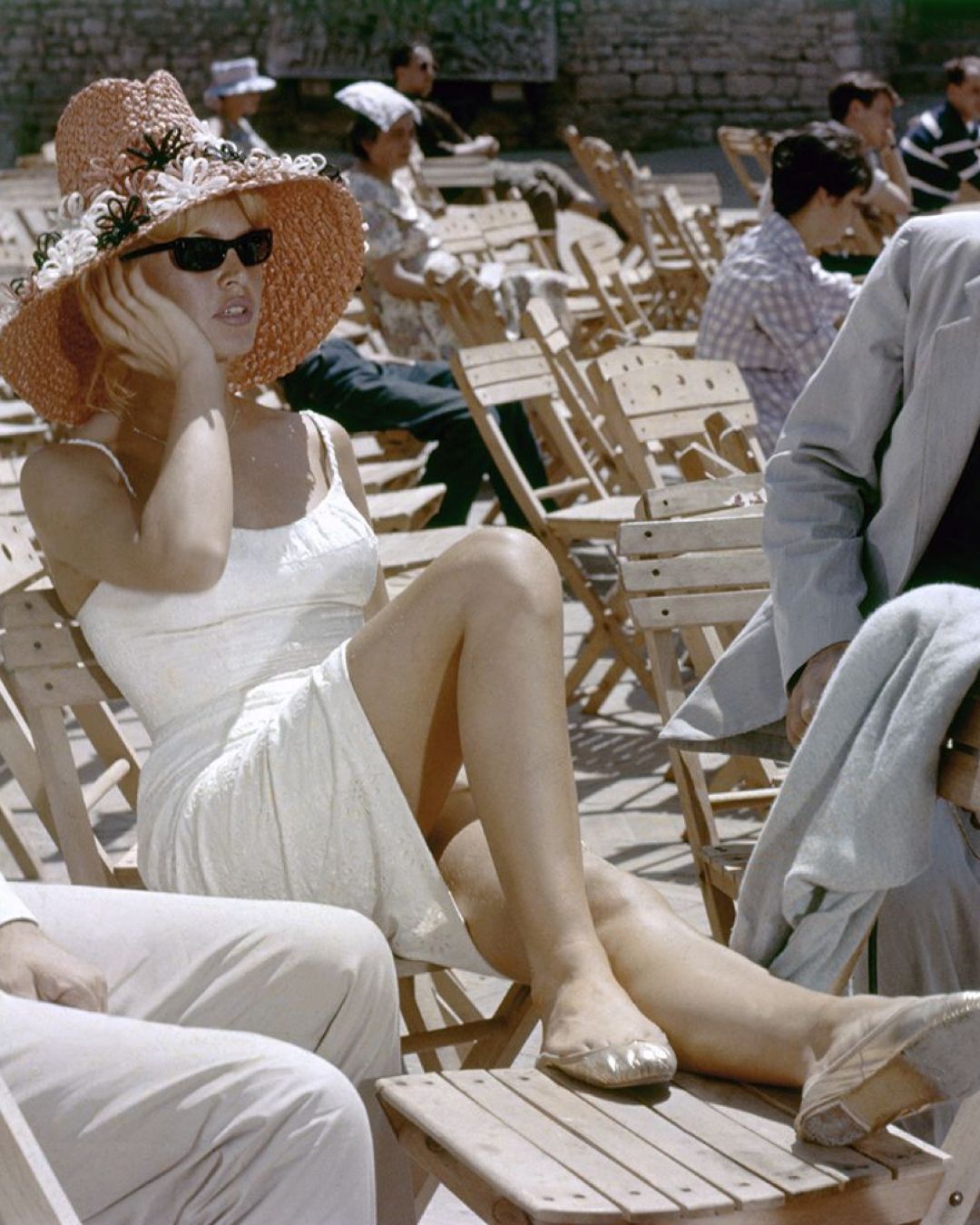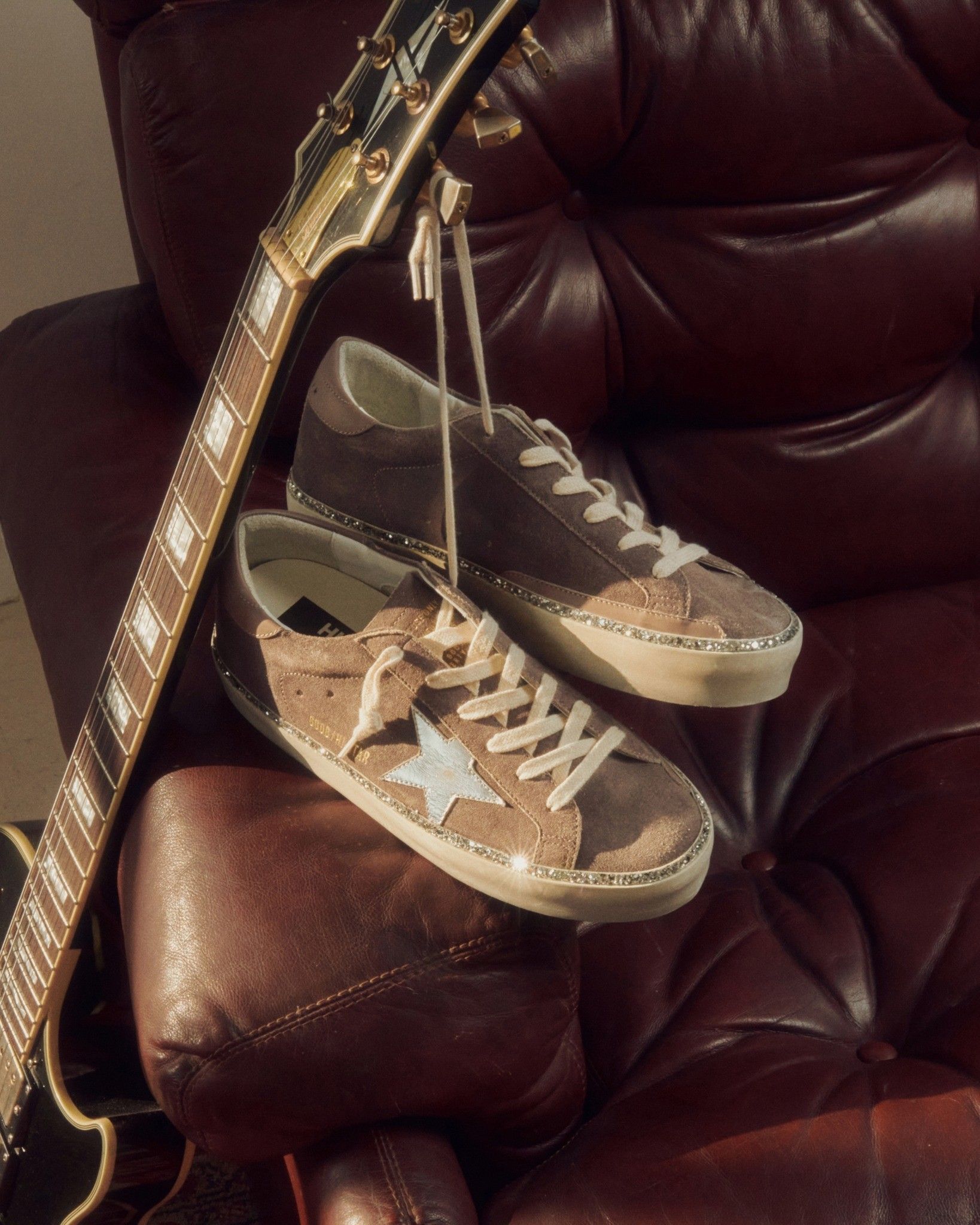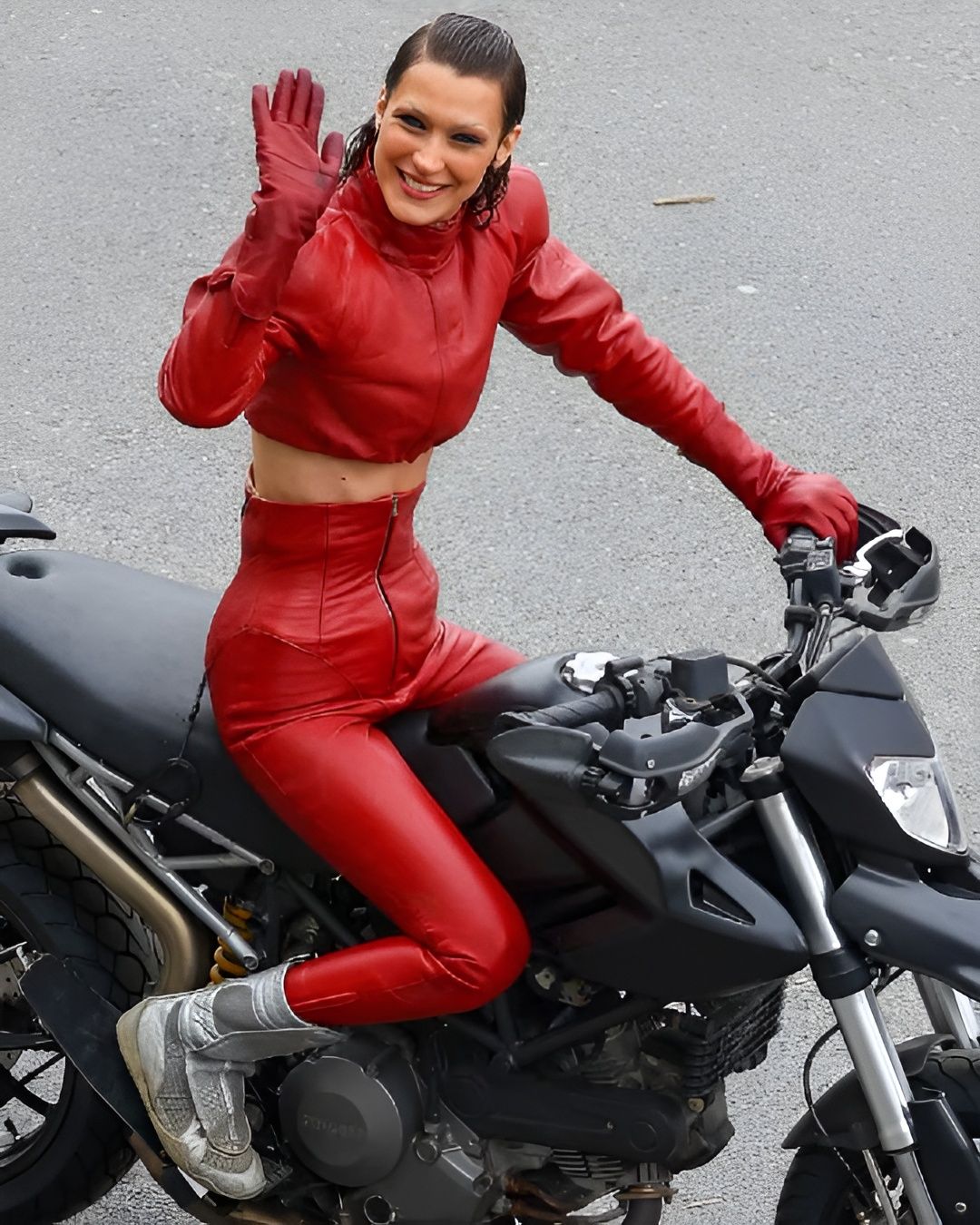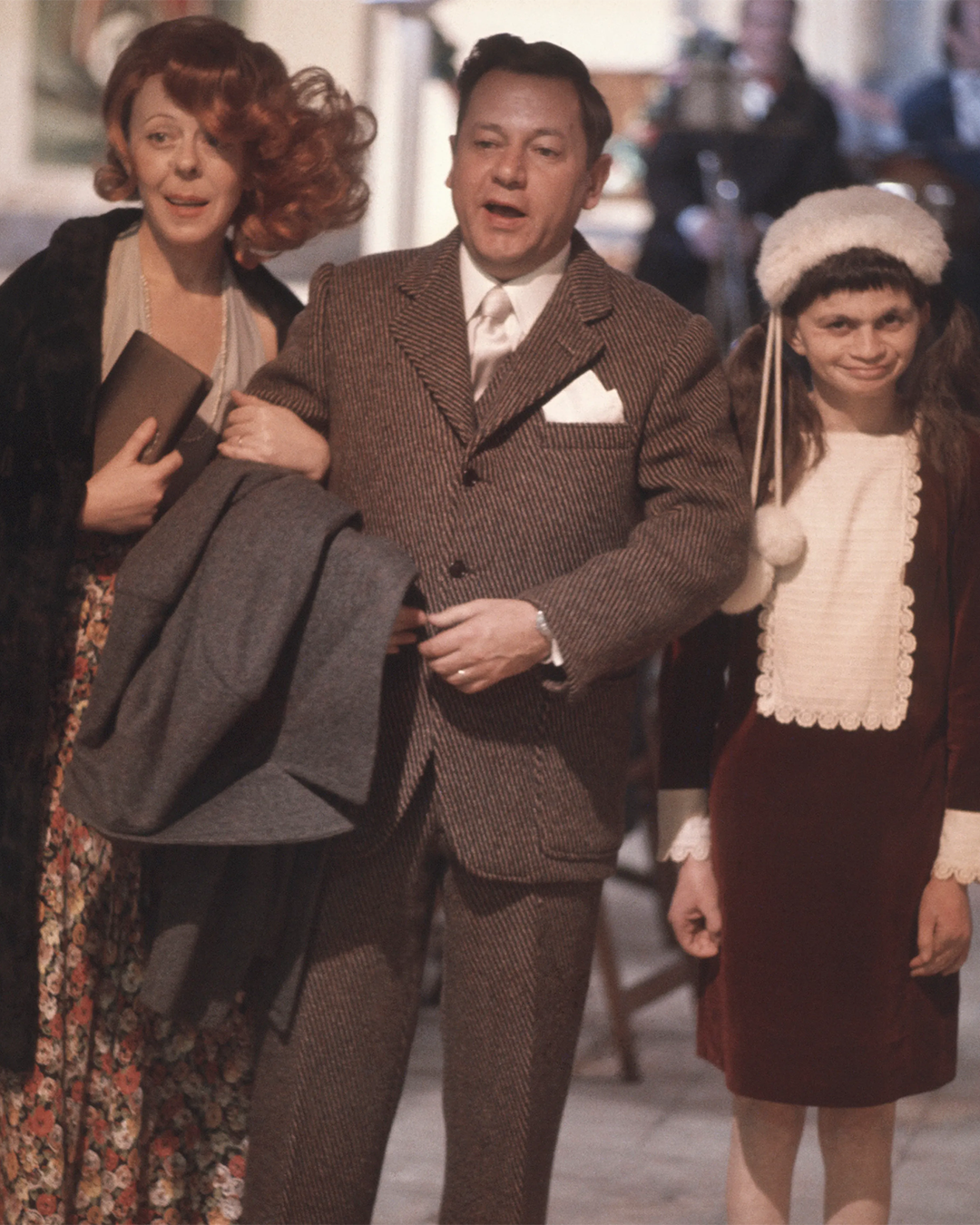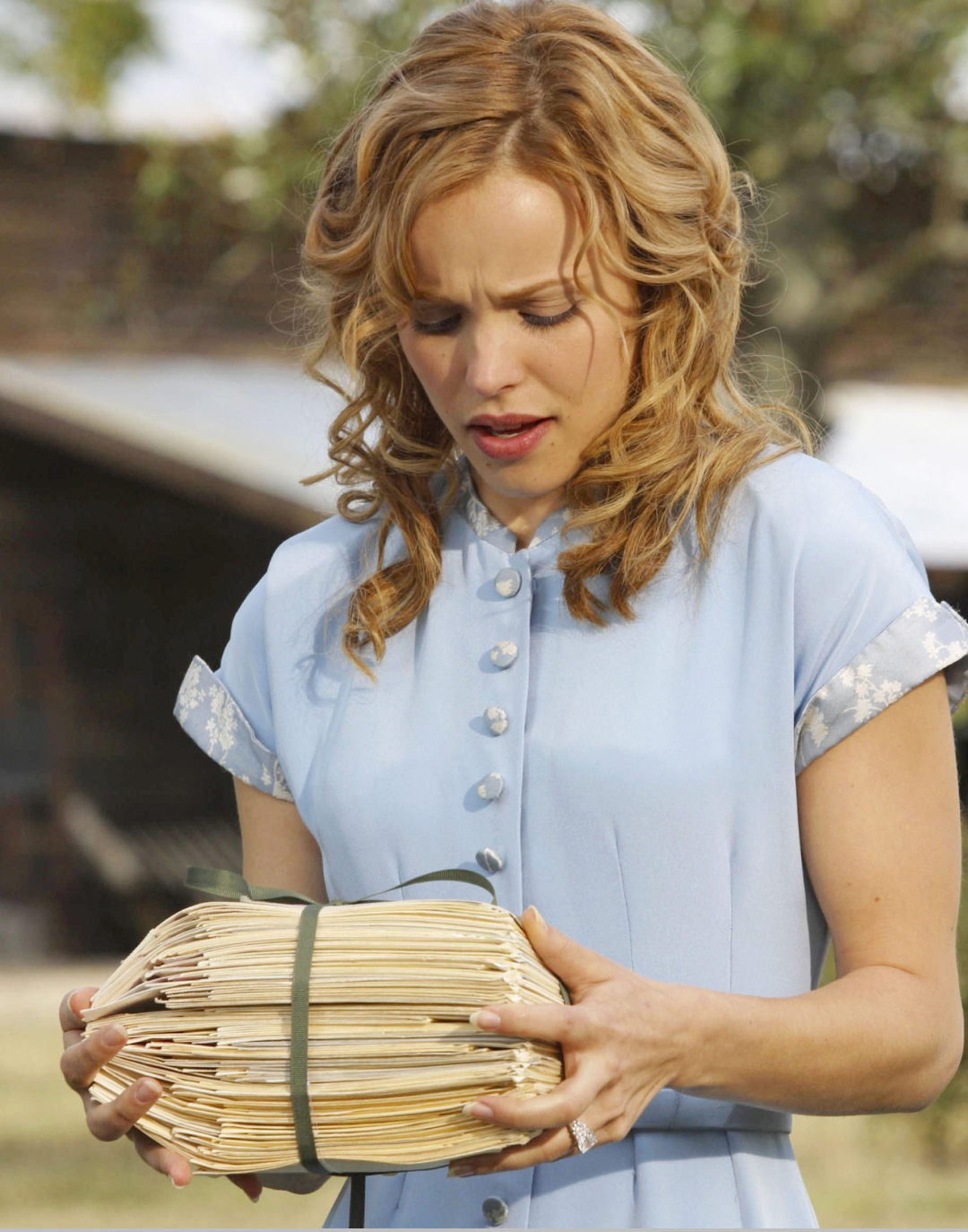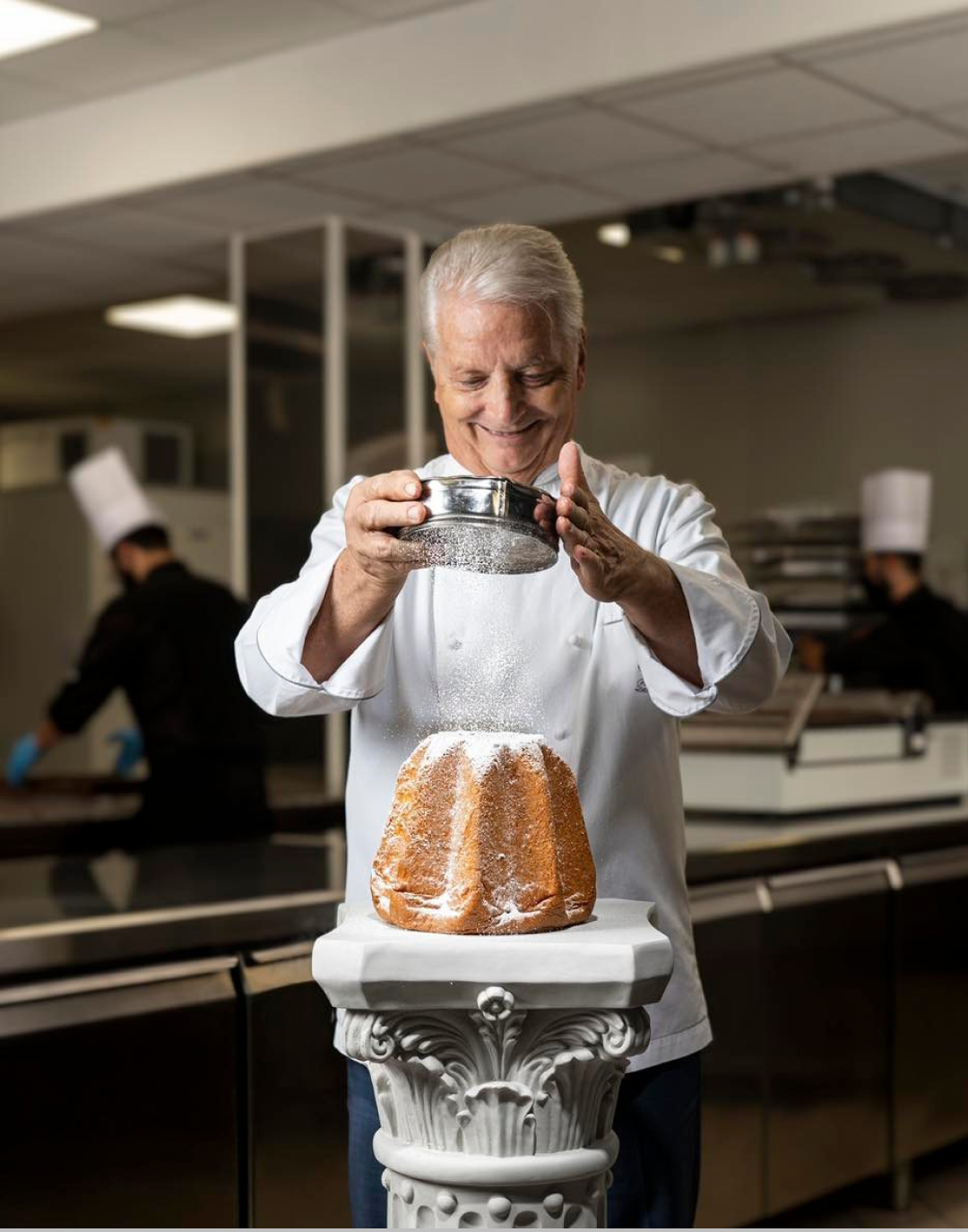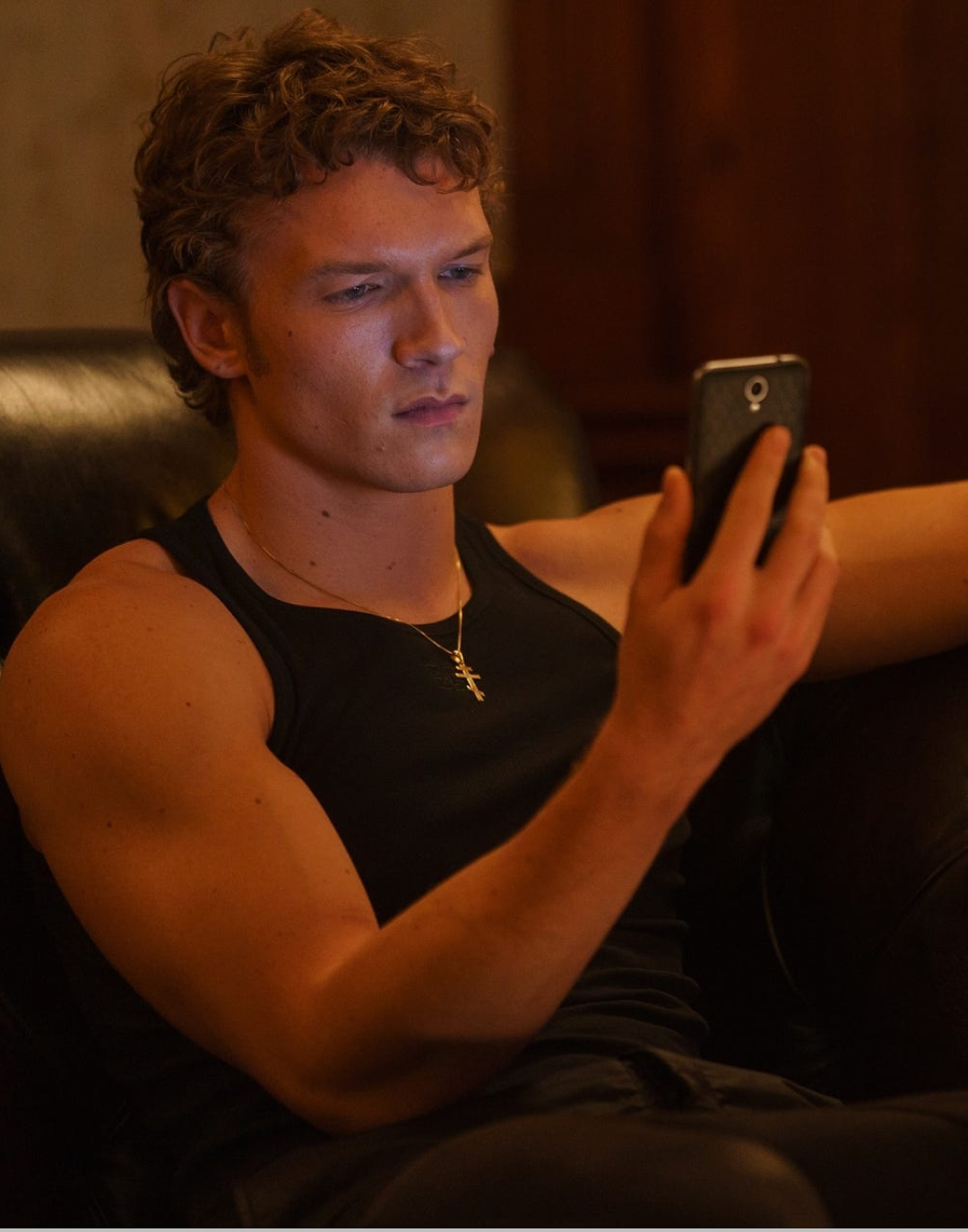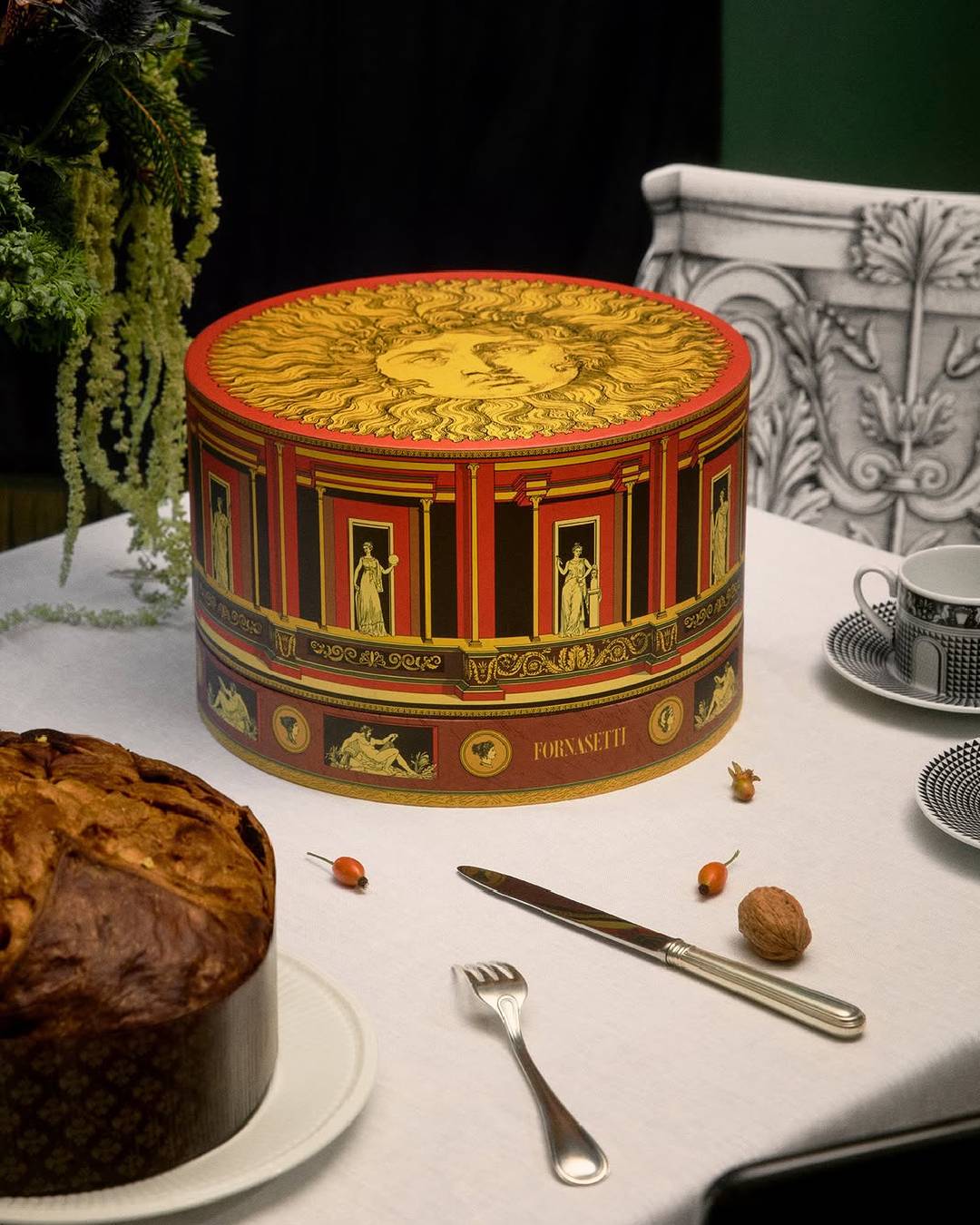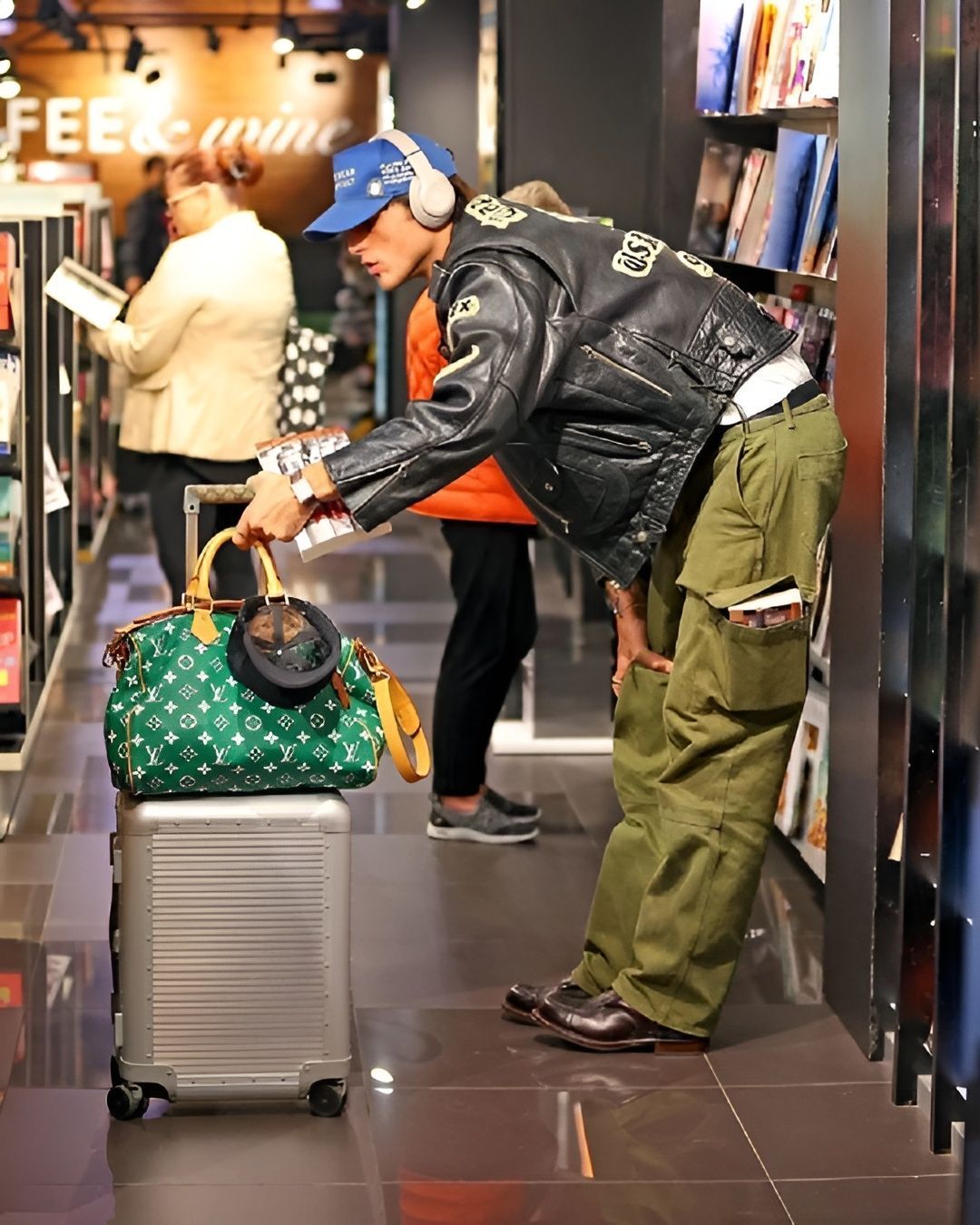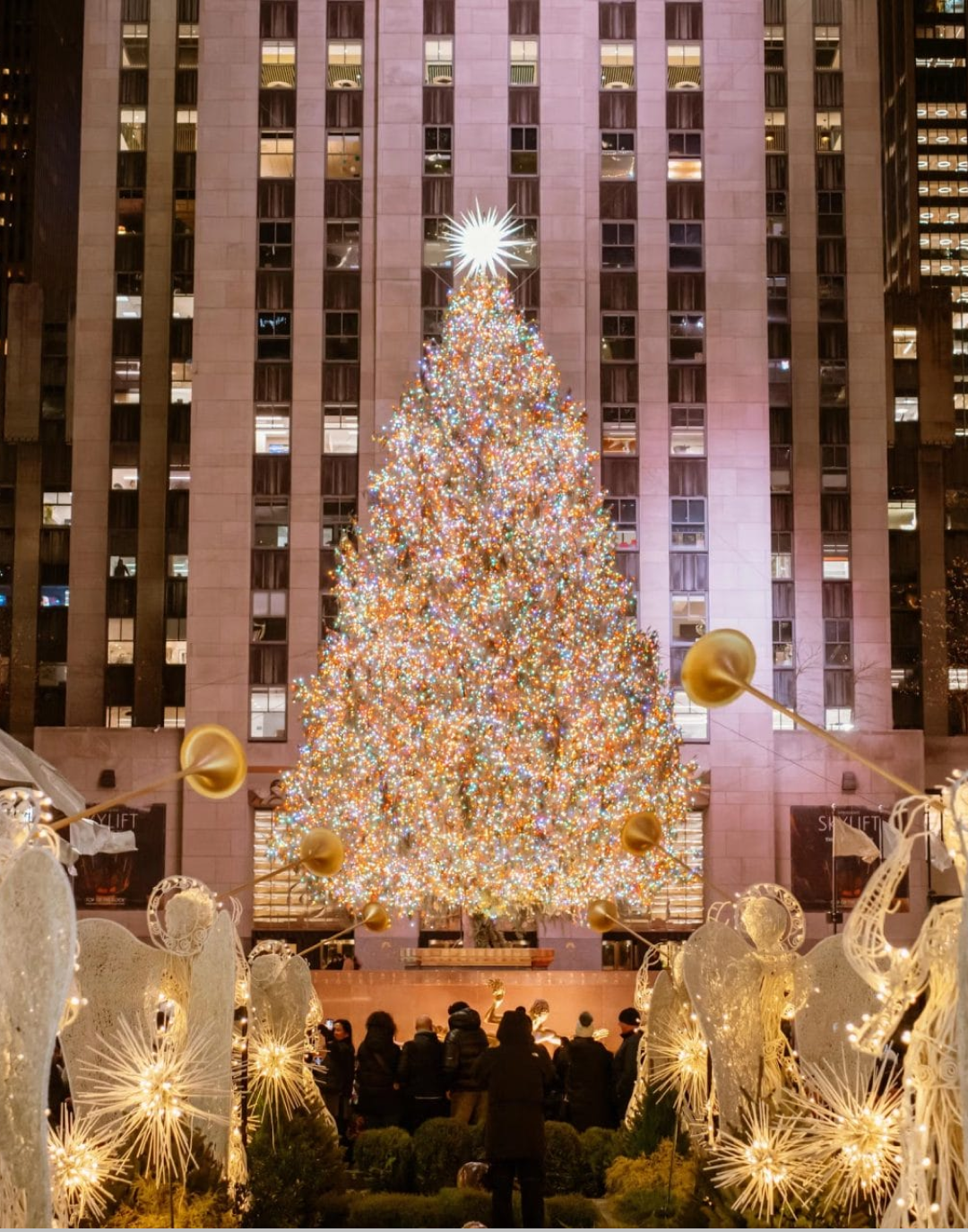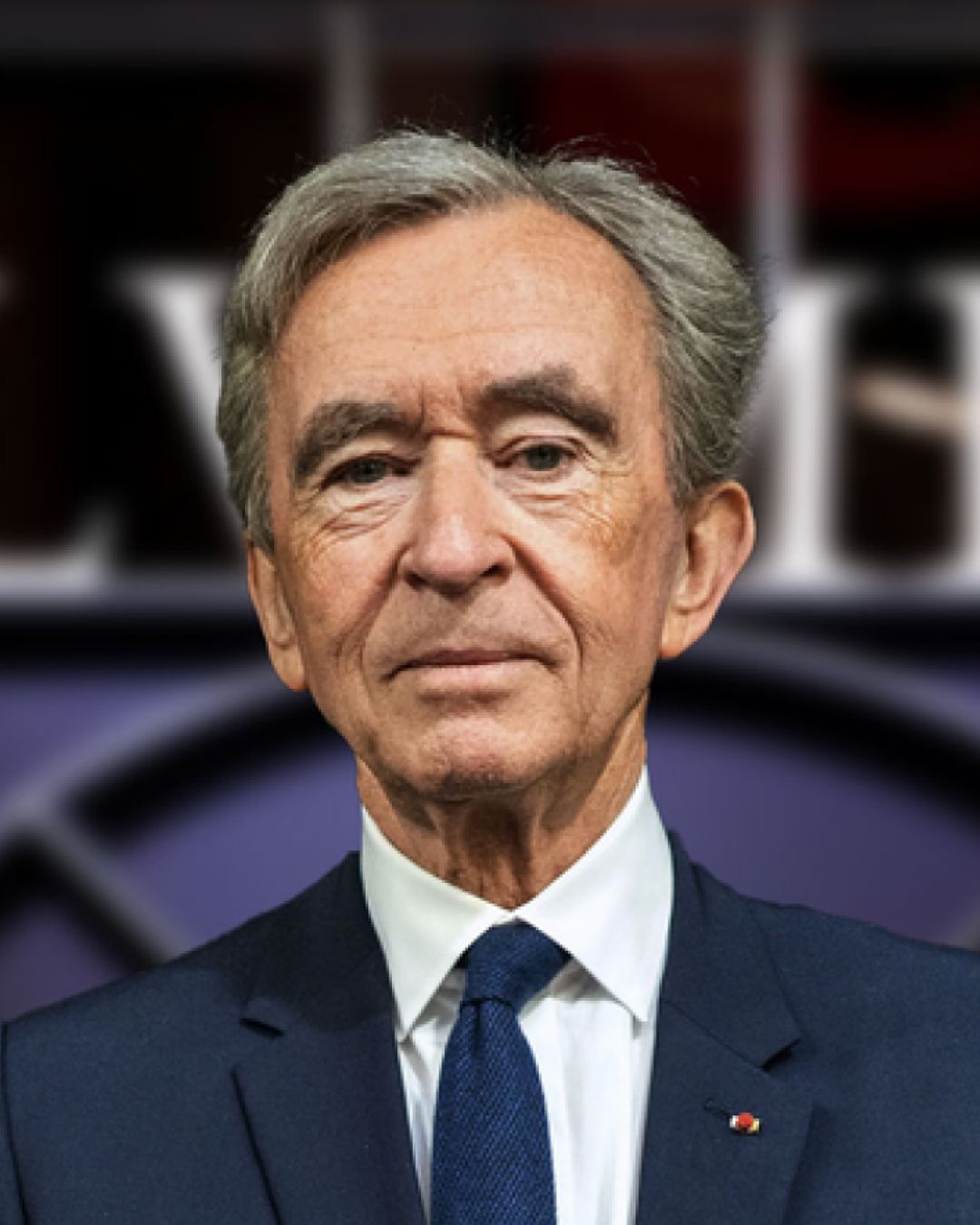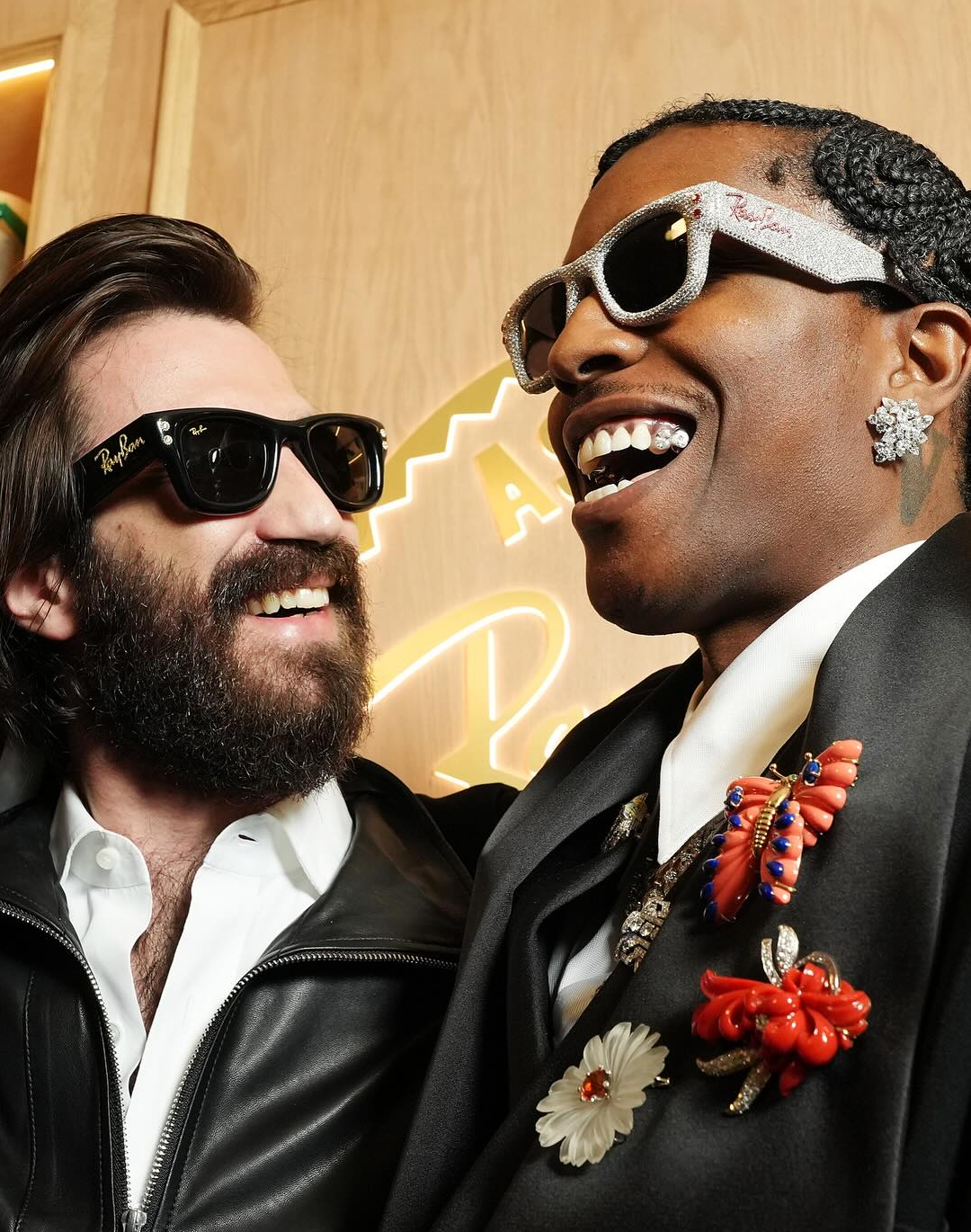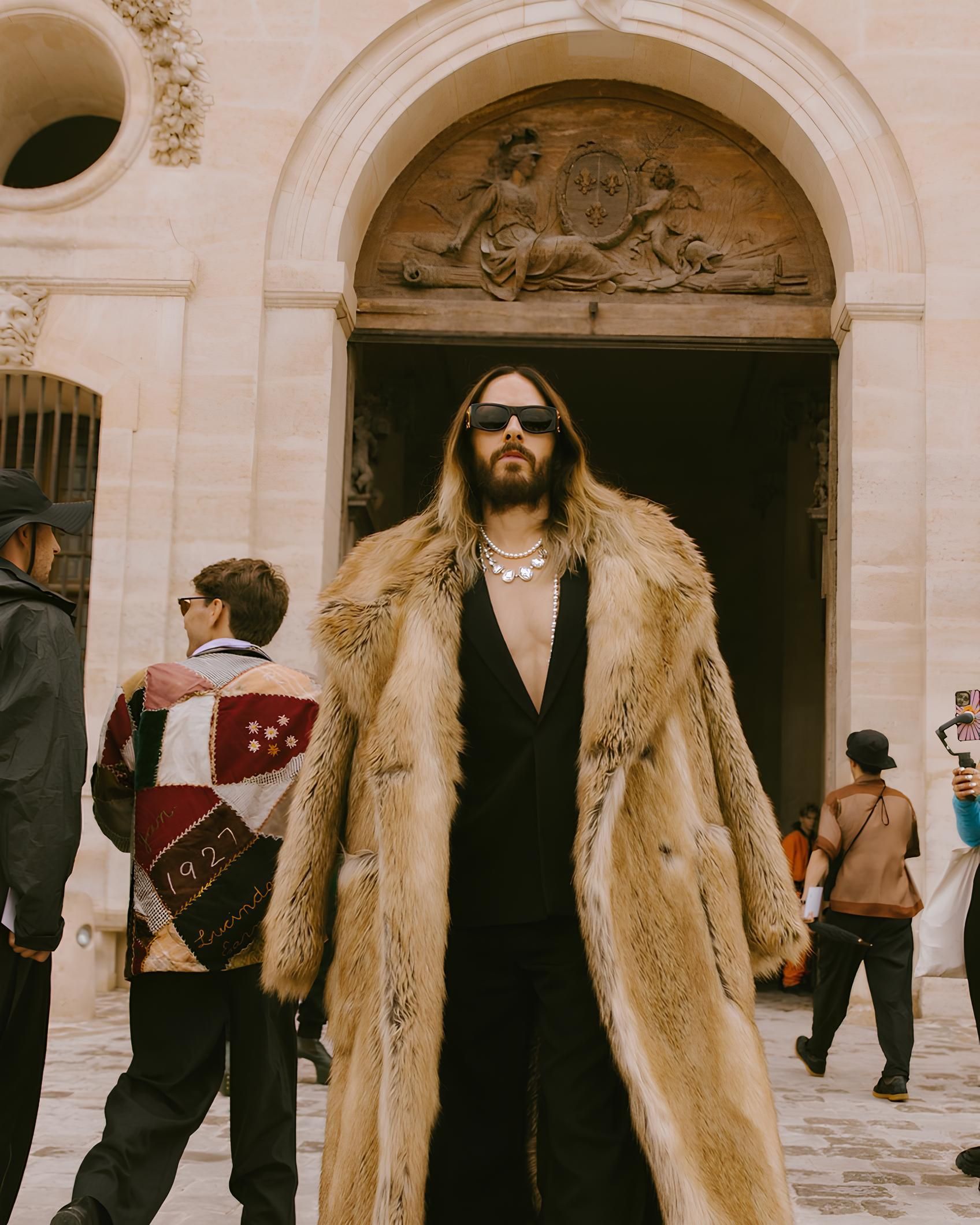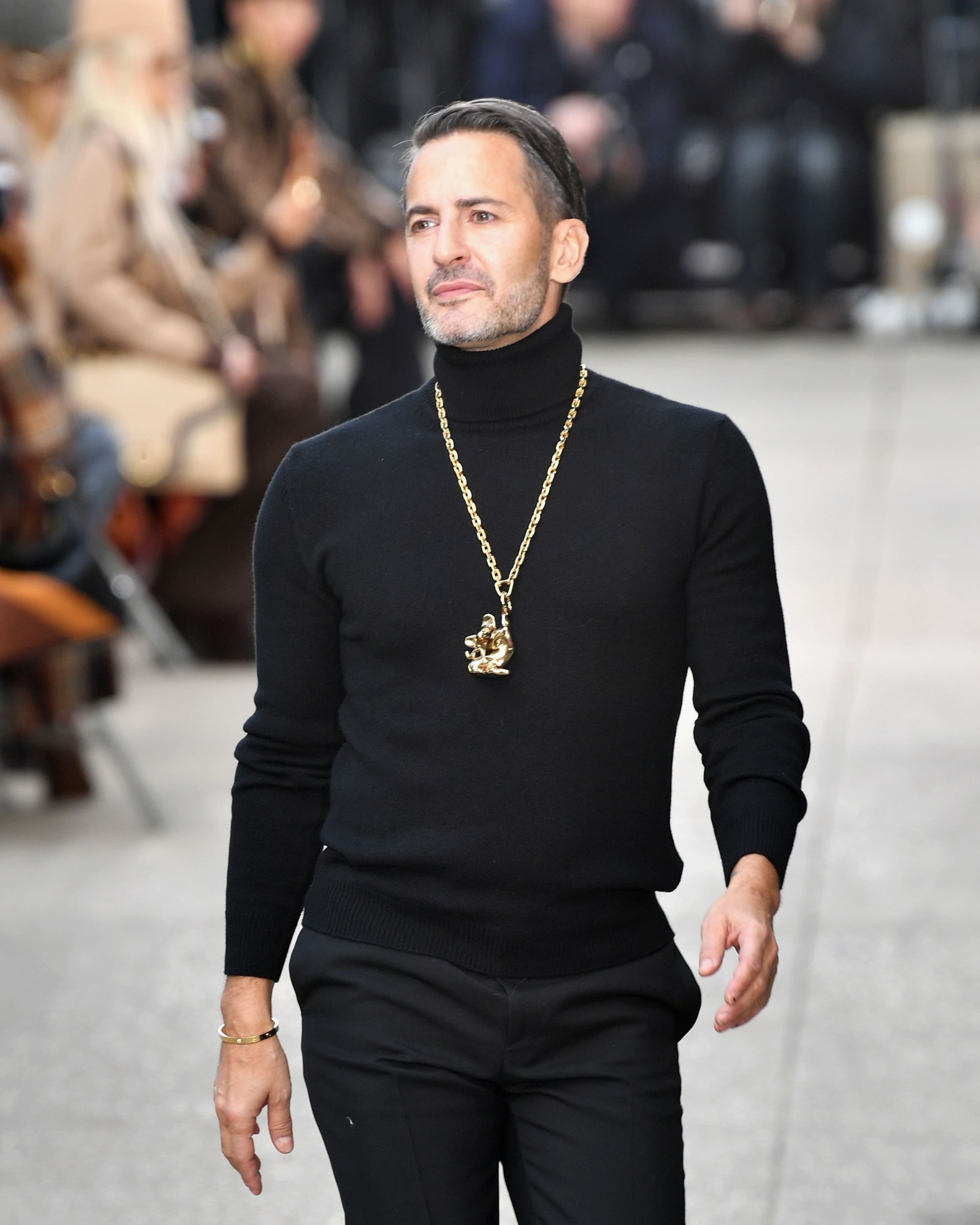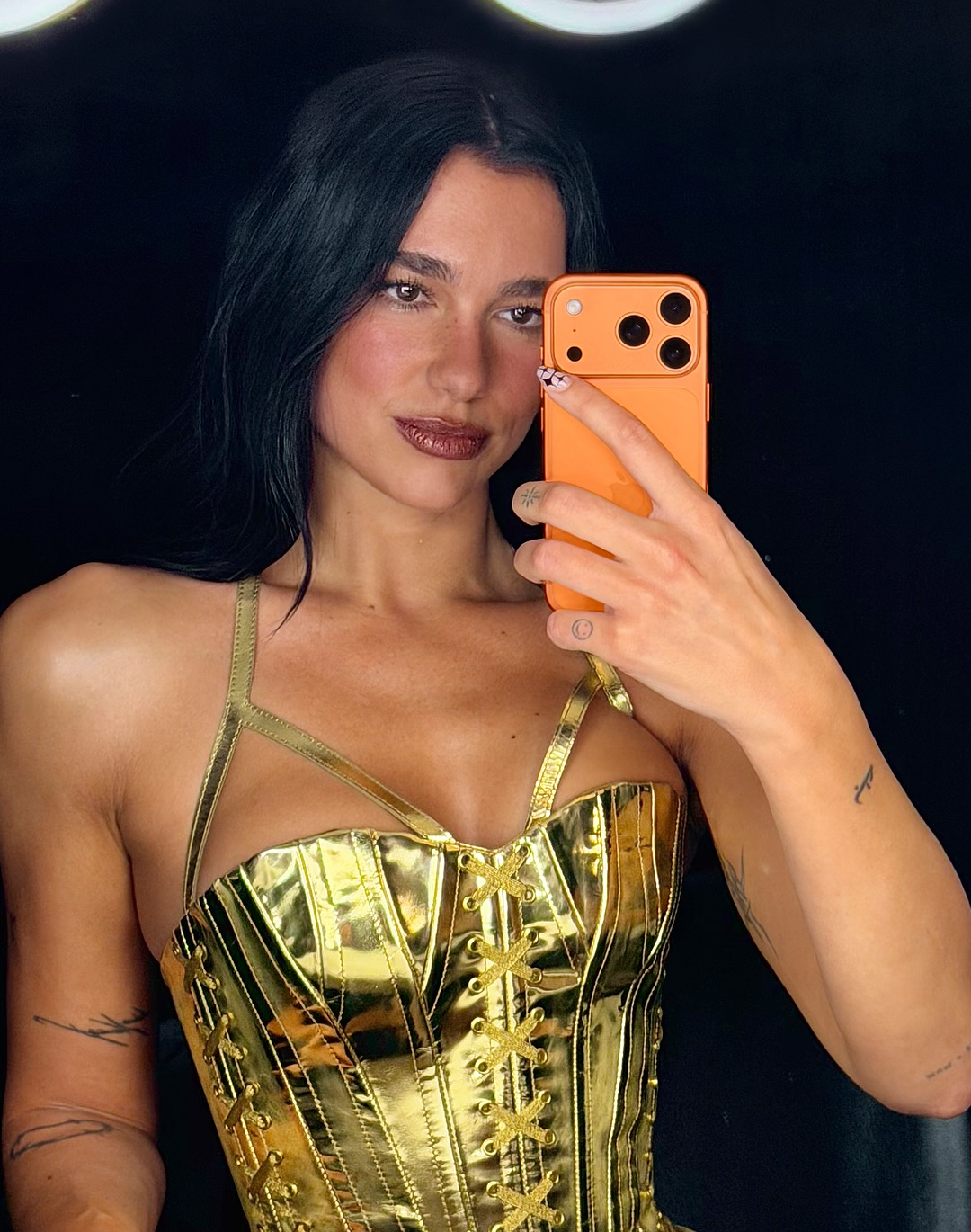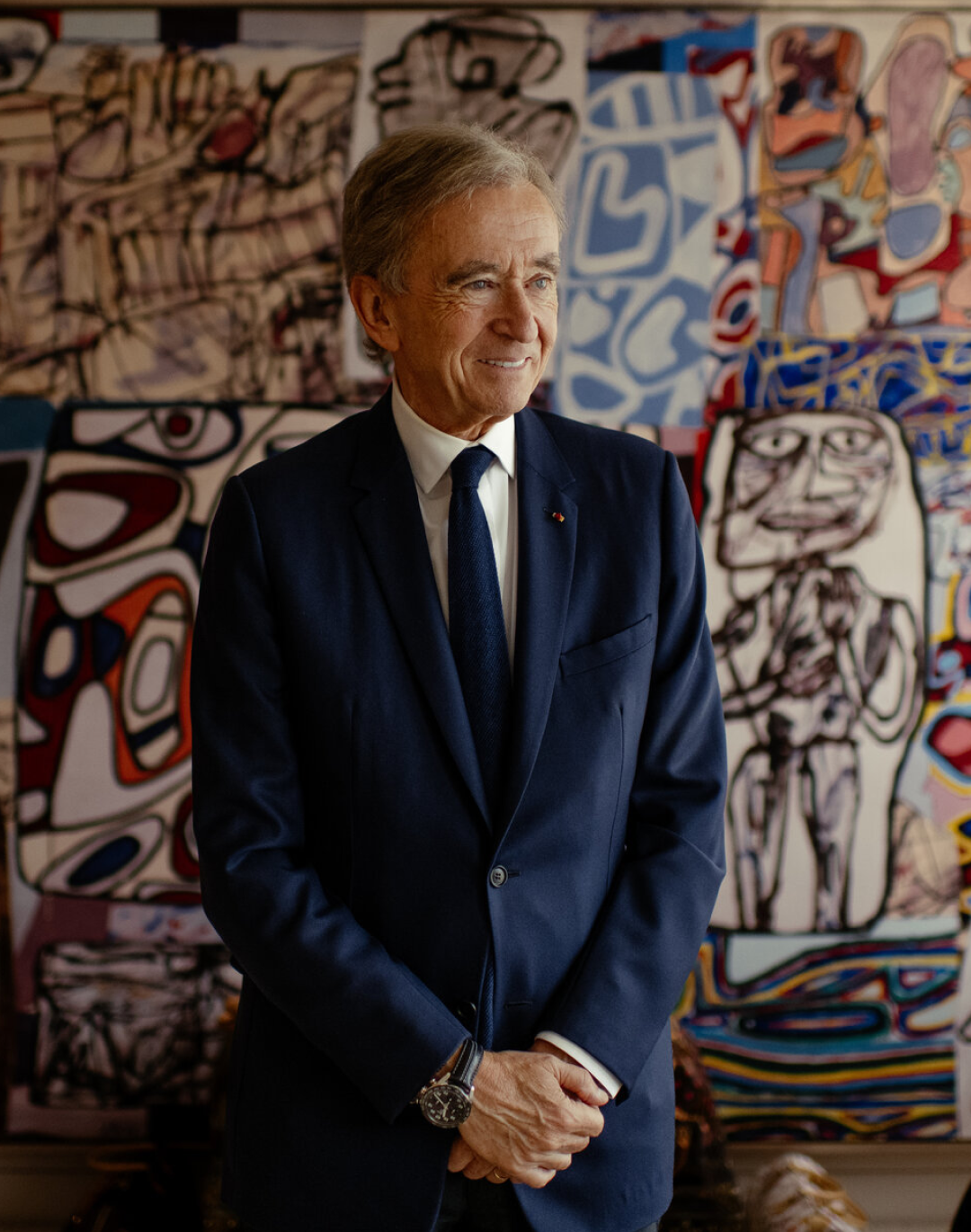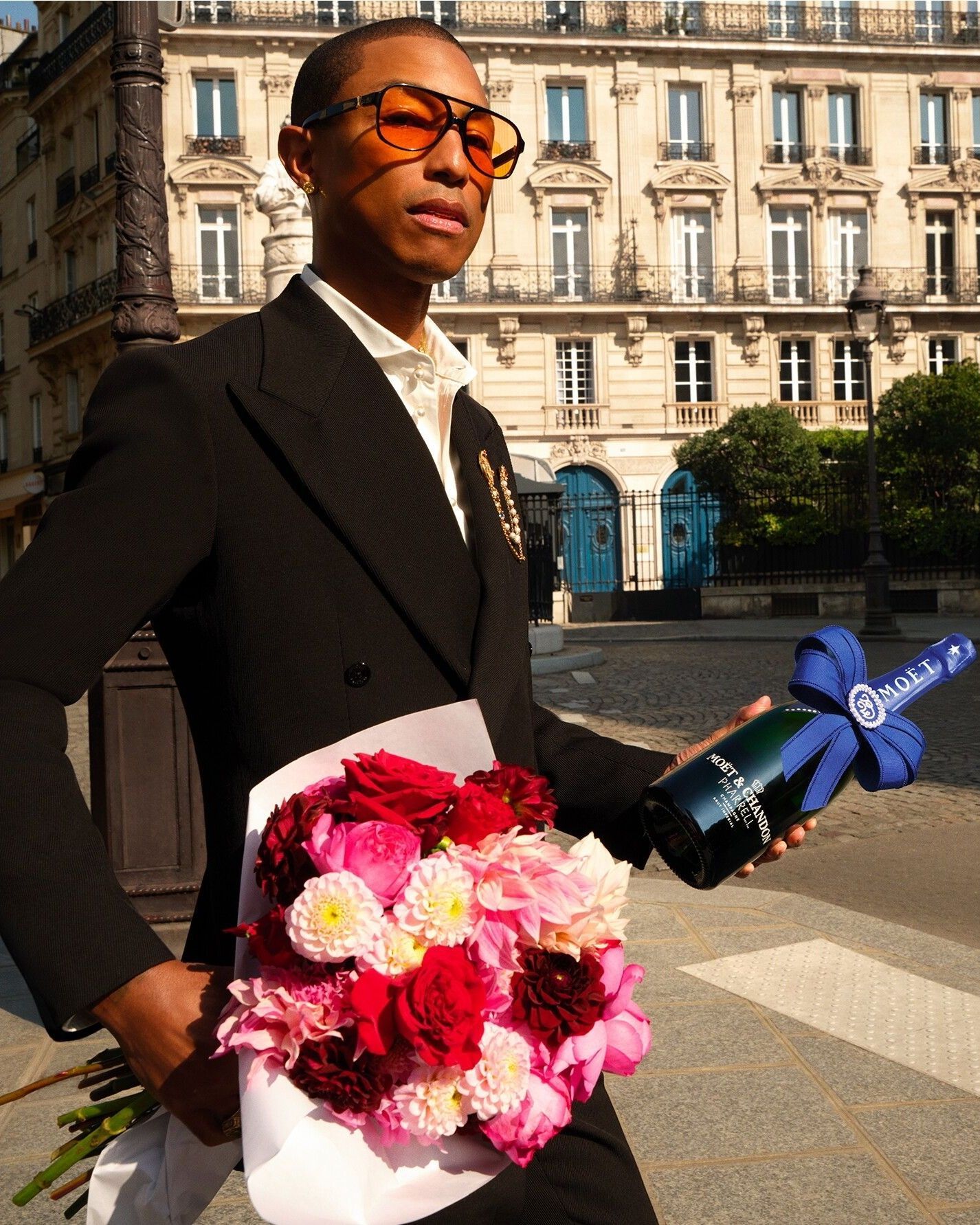
Can you market alcohol like you do fashion? More and more the two different worlds collide
LVMH’s quarterly reports, from the world’s most important luxury group, have long been considered the general barometer of the entire industry. And while readers usually focus on segments related to the group’s fashion brands, less attention is paid to the spirits division, known as “Wines & Spirits”. Yet this part of the group is not only one of the cornerstones of its original structure (the “MH” in LVMH stands for Moët and Hennessy), but it also includes nearly all the most legendary names in French winemaking, such as Dom Pérignon, Moët & Chandon, Veuve Clicquot, Ruinart, and Chateau D’Yquem; as well as iconic brands like Belvedere Vodka, Hennessy (cognac), and Glenmorangie (Scotch whisky). Logically speaking, LVMH’s spirits should be as profitable as its perfumes, as they are bought and sold everywhere and featured in the cellars of nearly every restaurant – yet in the first quarter of the year, this division saw a 9% revenue drop, driven by poor performance in cognac and other spirits compared to the much milder decline in champagne. It’s a long-standing issue, caused by slowing demand in the US and China and typical uncertainties surrounding trade policies, and it has made the spirits division the group’s worst performer. If LVMH’s finances are under pressure today, it’s also because of this department’s losses. Making matters worse was the announcement that LVMH plans to cut 10% of the division’s workforce, about 1,200 jobs, to contain costs – a measure announced by CEO Guiony and vice-CEO Alexandre Arnault, third son of patriarch Arnault, who have now been tasked with “saving” the division’s sales. But how are they doing it?
Beyond inventory adjustments and more “technical” operational strategies, the answer seems to be increasing marketing efforts by aligning the spirits category with fashion. Last Monday, for example, Dom Pérignon launched a campaign titled Creation is an eternal journey, shot by Collier Schorr and featuring Tilda Swinton, Zoë Kravitz, Anderson .Paak, Iggy Pop, and Takashi Murakami, as well as choreographer Alexander Ekman and chef Clare Smyth. The project, from its tagline to its cast and even the photographer and campaign rollout, feels more like the launch of a handbag or shoe than a promotion for the world’s most famous champagne. But this is just the latest in a series of similar efforts often based on internal synergies between winemakers and the fashion division: on March 18, Pharrell launched a limited-edition Moët & Chandon bottle with a dedicated campaign; just the day before, Loewe collaborated on a custom Hennessy bottle, introduced with a launch that included stylist Marc Forne, top model Alton Mason, photographer/influencer Mike Quyen, and designer, socialite, and DJ Gala Gonzalez; in late January, Glenmorangie launched a campaign starring Harrison Ford with a series of videos directed by Joel Edgerton, while Belvedere presented the Off Script campaign by acclaimed photographer Tyler Mitchell and a new luxury line, Belvedere 10, in a campaign starring Future.
The difference in communication is clear: comparing LVMH champagne to a brand like Bollinger, it’s easy to notice that the latter’s Instagram is dominated by bottle shots, not celebrities or elaborate campaigns. But beyond the Arnault universe, the alignment of the alcohol world with fashion becomes even more evident. A striking example is Taittinger, which in January during Paris Fashion Week created an AI-generated campaign featuring a fashion atelier producing a collection inspired by champagne, culminating in an image of a fake runway show in the Grand Palais around a giant bottle sculpture – the Chanel reference could not be more obvious. In March, another campaign was launched in New York, recreating Carrie Bradshaw’s famous tutu look from Sex & The City.
.@jamesonwhiskey + @awakenyclothing launch exclusive collaboration - a new five-piece capsule...https://t.co/ZFlGWANv1D pic.twitter.com/3LbitOhEwV
— CLASH (@ClashMagazine) March 28, 2025
Adjacent but unrelated to LVMH is Nigo’s collaboration with Penfolds wine, as well as March’s partnerships from whiskey producer Jameson: one early in the month with Anderson .Paak (his second alcohol-related campaign this year) and another with dedicated merch via Awake NY. Incidentally, Jameson belongs to the world’s second-largest spirits group, Pernod Ricard, also owner of Chivas Regal, another brand known for flashy collaborations – the latest being one with Scuderia Ferrari last December, featuring Charles Leclerc as the star of their Instagram page and a series of events similar to fashion launches. At any rate, it’s easy to observe how the pace of these campaigns and collaborations has only accelerated in recent months – hand in hand with the sector’s sales decline, as reflected in Pernod Ricard’s statements, showing a 5.9% revenue drop in the first quarter, blaming the same weak regions: China and America.
@giovanna.mae Had such a lovely evening with the Pernod Ricard family at their “House Of Festive Spirit” event. Favourite part of the night was defo the masterclass where we got to make an Old Fashioned and decorate ginger bread men
tv off - Kendrick Lamar
What’s important here is to notice how marketing methods and product launches are increasingly resembling those of luxury fashion, borrowing not only communication styles but also fashion industry faces, collaboration formats, and merch, as well as launch parties drawing the same crowd of influencers, celebrities, and media attention as Fashion Week. But while fashion campaigns always present something new, the challenge for alcohol brands is that their value often lies in not changing at all – being exactly as they were since their founding, with age as a symbol of merit and prestige. When new offerings do appear, they’re usually either more premium, limited versions of existing products or collectible bottles with designer packaging and the like.
But is this the right approach? Alcohol marketing has always linked “what you drink” with “how you live”, but whereas it once emphasized centuries-old traditions and the joy of drinking, in the past ten years it has leaned more on celebrity, fashion, and recently on virality (think of Belvedere’s iconic Daniel Craig campaign). Now, with the market cooling, executives seem to be increasingly seeking answers in strategies the fashion world has long experimented with, drawing from the same talent pool – perhaps the most successful example is Belvedere Vodka itself. Maybe, like watches, luxury spirits are a passion for specialists, not something the casual customer connects with, and something the informed customer often critiques. On Reddit, for example, many users question whether certain alcohol brands are overrated – and the typical specialist response (as with fashion) is to recommend lesser-known or independent companies offering less commercial products. Perhaps this gap between aspirational but non-loyal customers and specialist ones who look elsewhere explains the sector’s struggles. But can approaching spirits marketing like fashion solve a structural problem? Alexandre Arnault said he needs at least one hundred days “to reflect and understand the business” – in the meantime, let’s hope Pharrell sells enough bottles.


